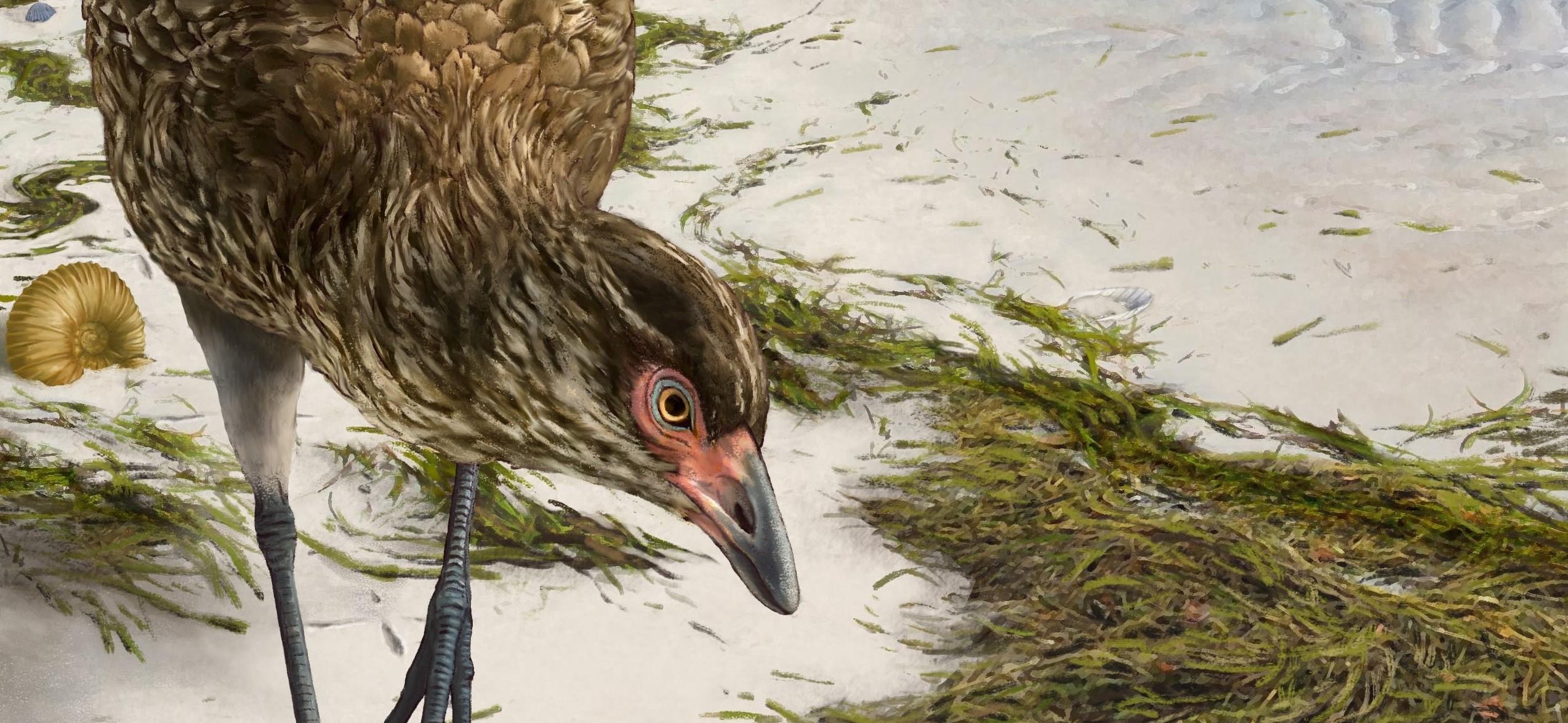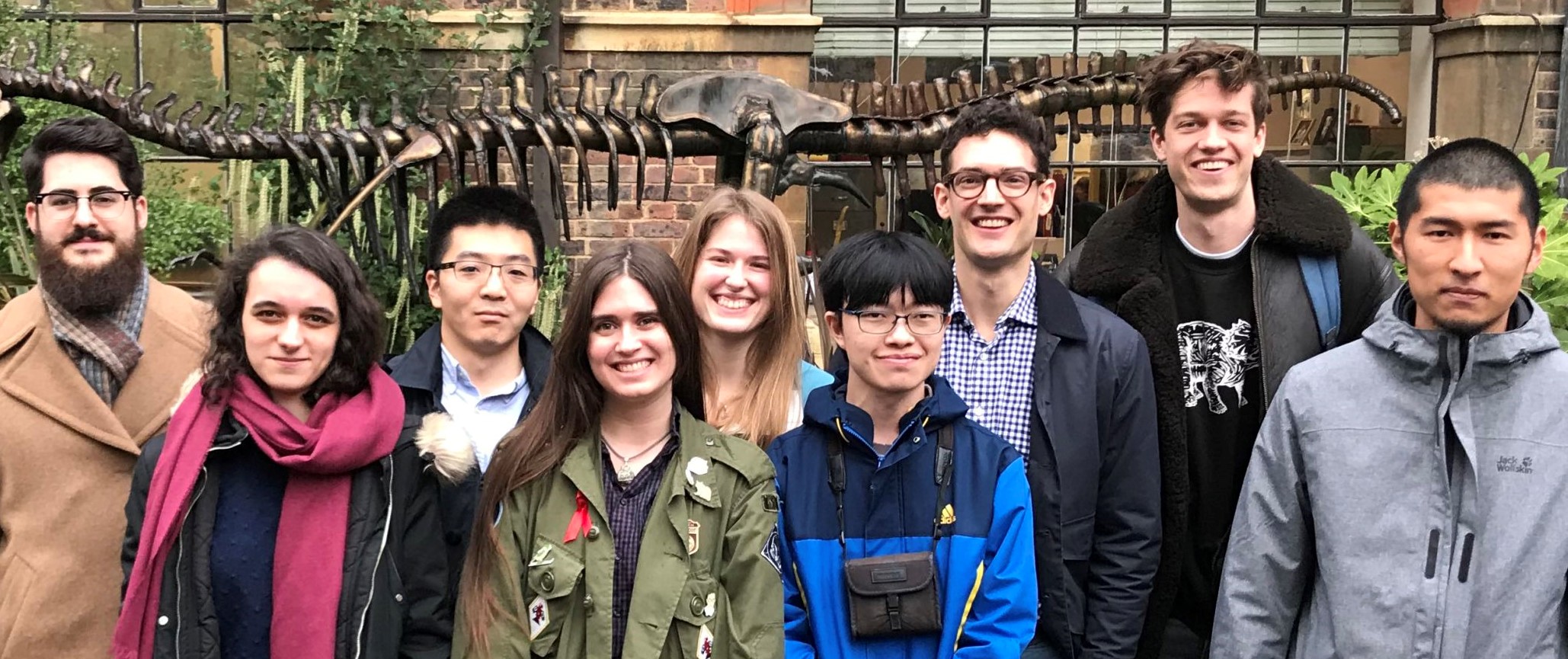
Submitted by Dr C.M. Martin-Jones on Thu, 07/10/2021 - 15:38
Members of the Field Palaeobiology Research Group at the Department of Earth Sciences, together with staff at the Sedgwick Museum, were nominated for the Vice Chancellor's Collaboration Award for their exhibit, ‘Dawn of the Wonderchicken: the Oldest Modern Bird’.
The Vice Chancellor’s Awards scheme was established in 2016 to recognise and celebrate excellence in research impact and public engagement.
Their exhibit focuses on research stemming from the discovery of the oldest modern bird fossil: the 66.7-million-year-old ‘Wonderchicken’, Asteriornis. The research -- led by Dr Daniel Field and published in Nature in March 2020 -- received international media attention, appearing in BBC News, The New York Times and Aljazeera.
The researchers and museum staff took a collaborative and innovative approach to public engagement during the Covid-19 pandemic, with the digital Wonderchicken exhibit reaching new and diverse audiences even at the height of the first lockdowns.
The display featured the fossil, 3D imaging and an original artistic reconstruction of Asteriornis in its natural environment by Phillip Krzeminski. Although the pandemic delayed the intended opening of the exhibition in Spring 2020 until September 2020, and considerable restrictions on museum visiting followed, the exhibit has so far been seen by more than 2,000 people.
Rob Theodore at the Sedgwick Museum created the popular online exhibit, which saw significant positive feedback from the international natural history museum community, serving as an influential model for outreach efforts during the COVID-19 pandemic.
The exhibition - and its online equivalent – brings the scientists behind the discoveries to the fore: humanising and demystifying the science. “By revealing the diverse research team behind the research, it provides young people with relatable and inspiring role models to encourage them into STEM careers. As one young person said to a member of museum staff ‘This is such cool research. This is what I want to do...’,” said Liz Hide, Director of the Sedgwick Museum.

